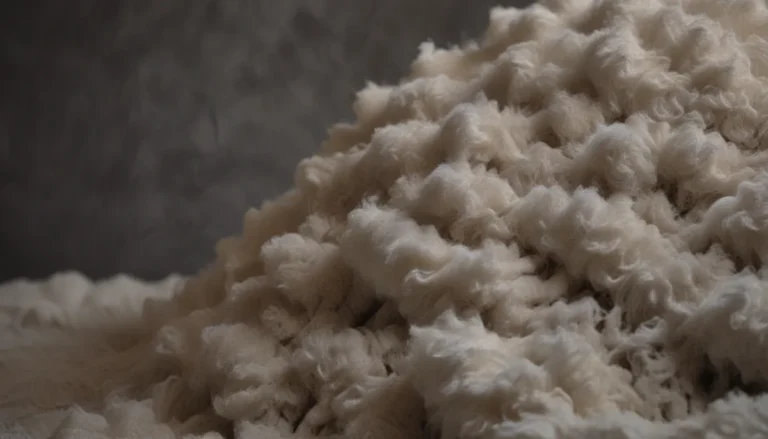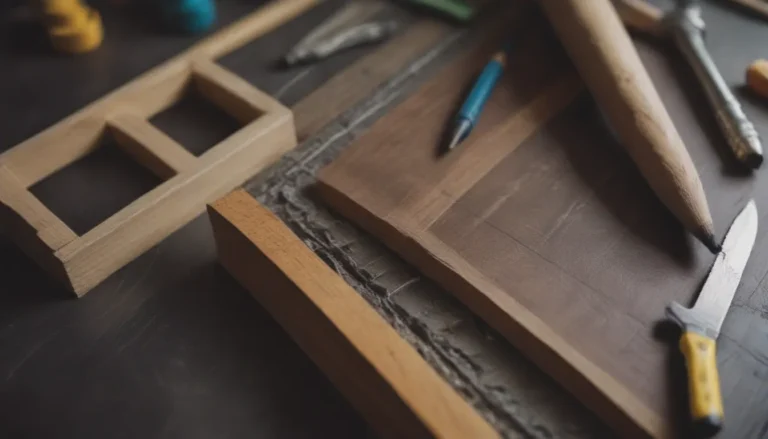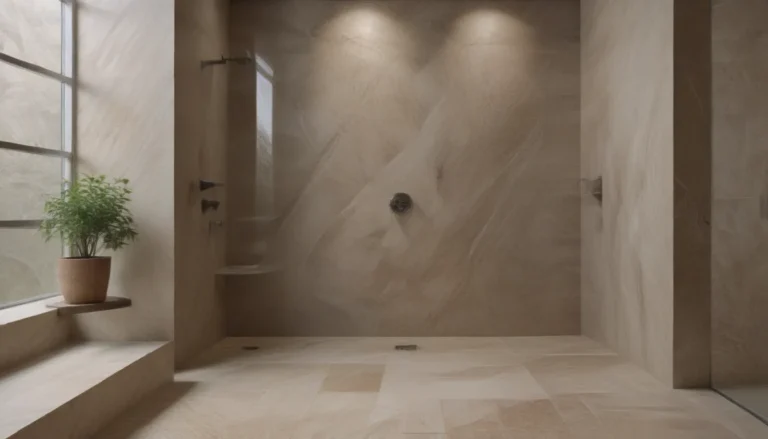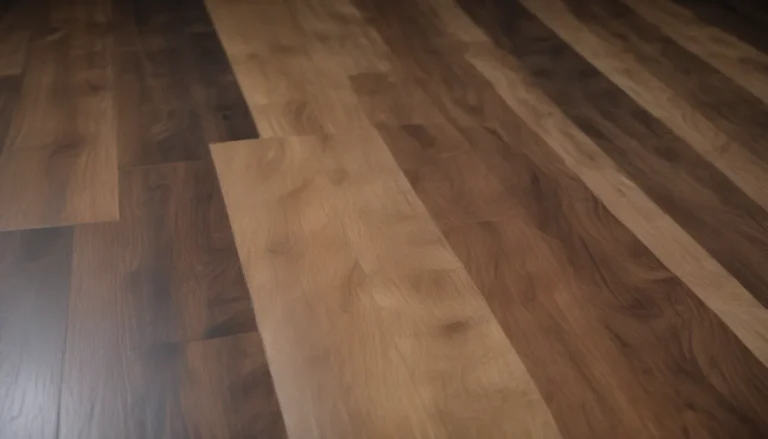The Ultimate Guide to Cupboards and Cabinets: Understanding the Differences
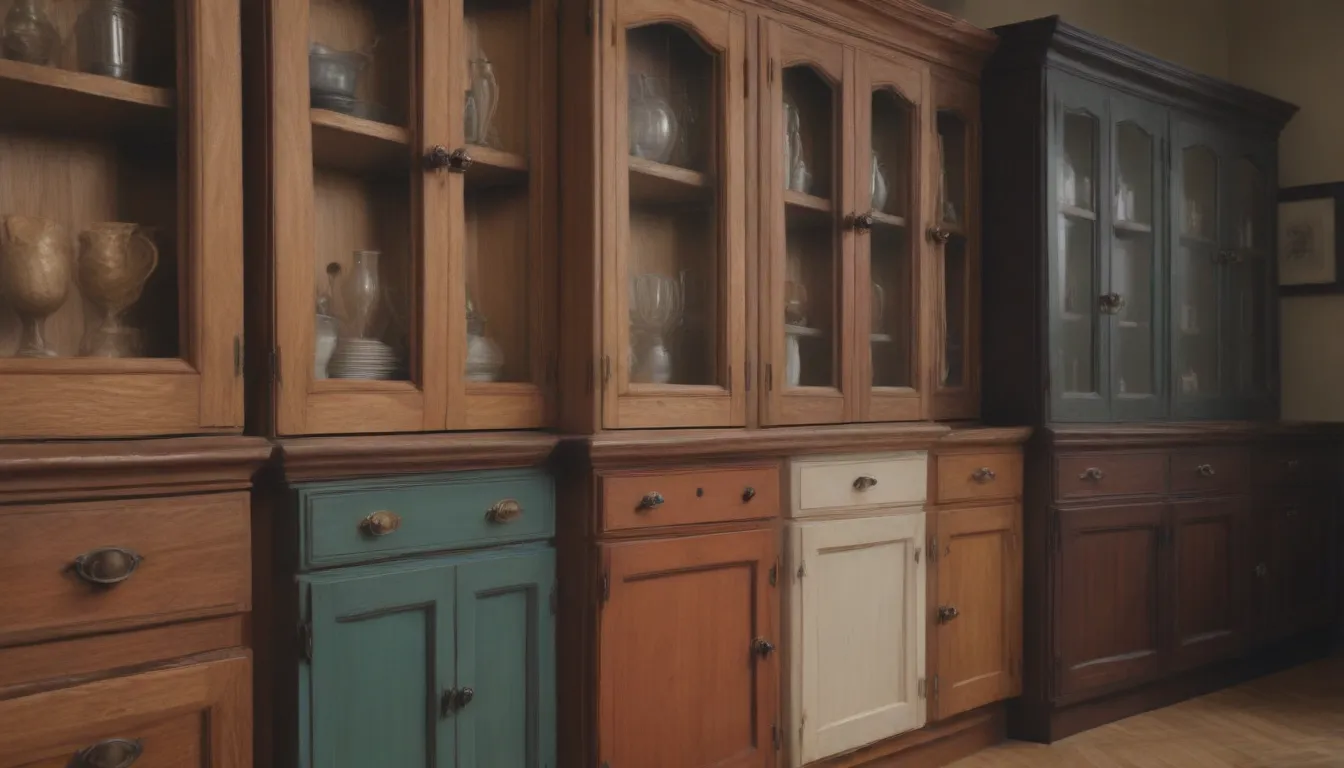
Do you ever find yourself using the terms cupboard and cabinet interchangeably? You’re not alone! While they may seem like the same thing at first glance, there are some key differences between these two pieces of furniture. In this in-depth guide, we will delve into the similarities and distinctions between cupboards and cabinets, their history, and key design differences to help you make informed decisions for your interior design projects.
The Origins of Cupboards and Cabinets
The history of cupboards and cabinets dates back to the Middle Ages, where cupboards were primarily used for storing food-serving items. Over time, these standalone pieces of furniture evolved to include shelving, doors, and drawers, transforming into what we know today as cabinets. The introduction of fitted doors in the 16th century marked a significant milestone in the evolution of the cupboard into a cabinet.
In the late 19th century, cabinets became a household staple in America, with the Hoosier Cabinet gaining popularity as the first name-brand designer cabinet in 1900. These early cabinets were freestanding structures with various compartments for storage, including drawers, enclosed spaces, shelves, and even an ironing board. As design preferences evolved, cabinets transitioned from freestanding to wall-mounted units with a focus on functionality and aesthetics.
Cupboard vs. Cabinet: Understanding the Similarities and Differences
Today, the terms cupboard and cabinet are often used interchangeably in the design world. However, there are some distinctions worth noting:
Similarities:
– Both cupboards and cabinets are used for storage and organization.
– They can be freestanding or wall-mounted, depending on the design.
– Both may have shelves, drawers, and doors for easy access to stored items.
Differences:
– Cupboards are often associated with traditional standalone furniture pieces, while cabinets are commonly integrated into built-in kitchen designs.
– Cupboards may have a more rustic or vintage aesthetic, while cabinets tend to have a sleek modern design.
– Cabinets are typically larger and more versatile in terms of storage options compared to cupboards.
Design Tips for Using Cupboards and Cabinets
If you’re looking to optimize the use of cupboards and cabinets in your interior space, consider the following design tips:
1. Strategic Placement:
– Wood-front upper cabinets near a range hood are ideal for storing cooking and baking necessities out of sight.
– High cabinets are suitable for displaying glassware, plates, and decorative items, while lower cabinets are best kept hidden behind wood doors for practical and aesthetic reasons.
2. Glass vs. Wood Doors:
– Glass doors can elevate the look of cabinets and showcase decorative items, while wooden doors are more practical for concealing less visually appealing kitchen essentials stored in lower cabinets.
– Consider the depth and contents of the cabinet when choosing between glass and wood doors to maximize functionality and visual appeal.
3. Pantry Cupboards vs. Walk-In Pantries:
– Pantry cupboards are more compact and enclosed, resembling closets with ample shelving for storage.
– Walk-in pantries offer more space and flexibility for storing a variety of items, similar to a walk-in closet for food and kitchen supplies.
By incorporating these design tips and understanding the differences between cupboards and cabinets, you can create a functional and aesthetically pleasing storage solution tailored to your specific needs and style preferences.
Conclusion
In conclusion, while the terms cupboard and cabinet may be used interchangeably in modern design, there are subtle distinctions that can influence their functionality and visual appeal. Understanding the origins, similarities, and differences between these two pieces of furniture can help you make informed decisions when planning your interior spaces. Whether you prefer the timeless charm of a traditional cupboard or the versatility of a modern cabinet, incorporating these elements thoughtfully into your design can elevate the overall aesthetic and functionality of your home.
